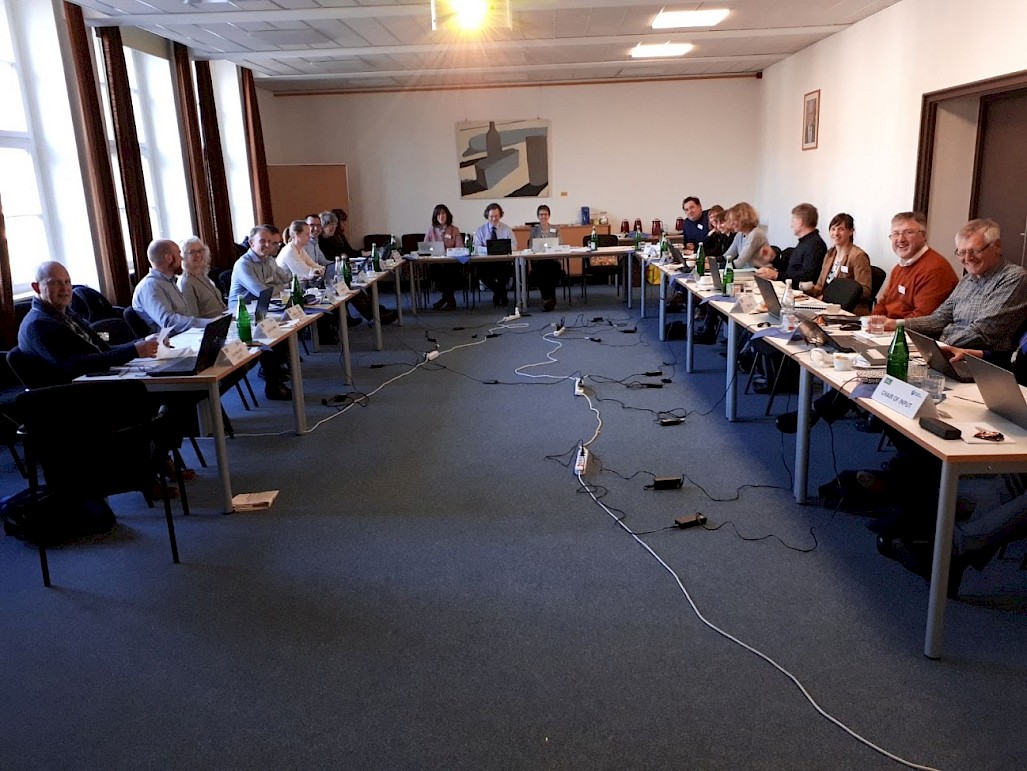OSPAR's Hazardous Substances and Eutrophication Meeting
What has HASEC achieved since 2010 and what do we need to do next? Addressing these two questions was a key area of work at this year’s Committee meeting. OSPAR is reviewing its progress against the North-East Atlantic Environment Strategy 2010-2020 and HASEC is responsible for two themes within the Strategy; Eutrophication and Hazardous Substances. There have been successes but there’s more to do. For example eutrophication in the OSPAR Maritime Area has improved, but it is still observed in 7% of the assessed area (https://oap.ospar.org/en/ospar-assessments/intermediate-assessment-2017/pressures-human-activities/eutrophication/third-comp-summary-eutrophication/). Since 2010, contaminant concentrations have continued to decrease in the majority of areas assessed; however, although concentrations are generally below levels likely to harm marine species in the areas assessed, they mostly have not yet reduced to background levels (https://oap.ospar.org/en/ospar-assessments/intermediate-assessment-2017/key-messages-and-highlights/contaminant-concentrations-are-decreasing-concerns-remain/). The review will inform HASEC’s proposals for new objectives in OSPAR’s renewed Strategy for 2020-2030.
HASEC also examined how its work can be developed to support those OSPAR Contracting Parties that are also EU member states in their assessment and reporting for the EU’s Marine Strategy Framework Directive. Starting in the autumn expert groups will be asked to develop the OSPAR common indicators the eutrophication assessment accordingly.
Stephen Malcolm stepped in as Acting Chair for the 2018 meeting, and colleagues took the opportunity to thank Stephen for his hard work and skilled chairmanship, which have been greatly appreciated.

